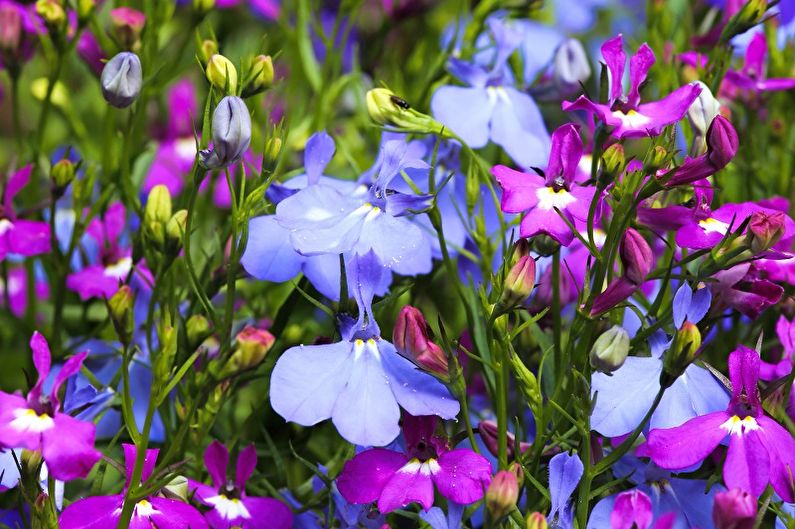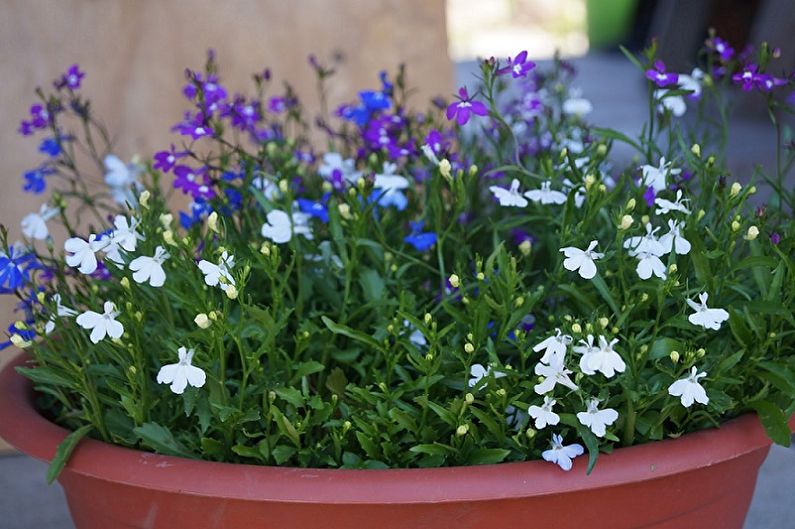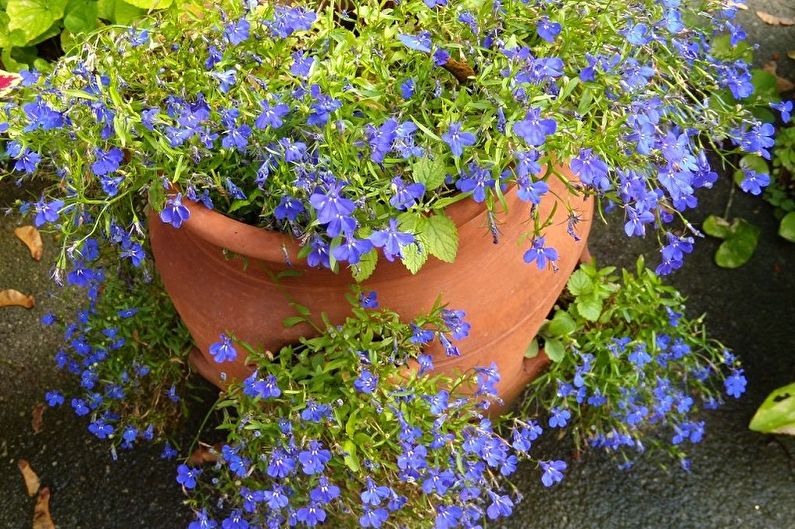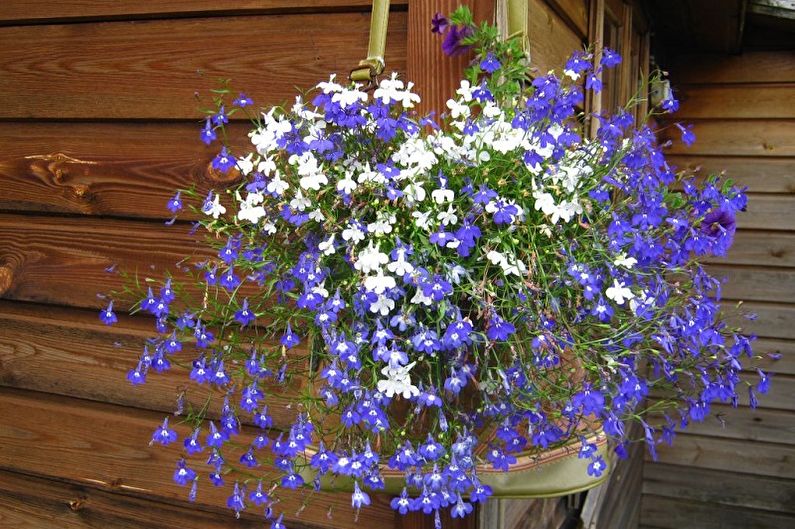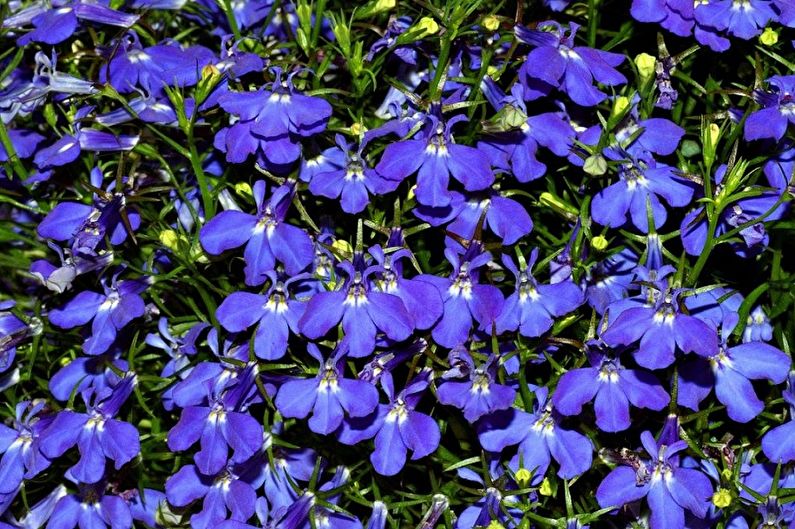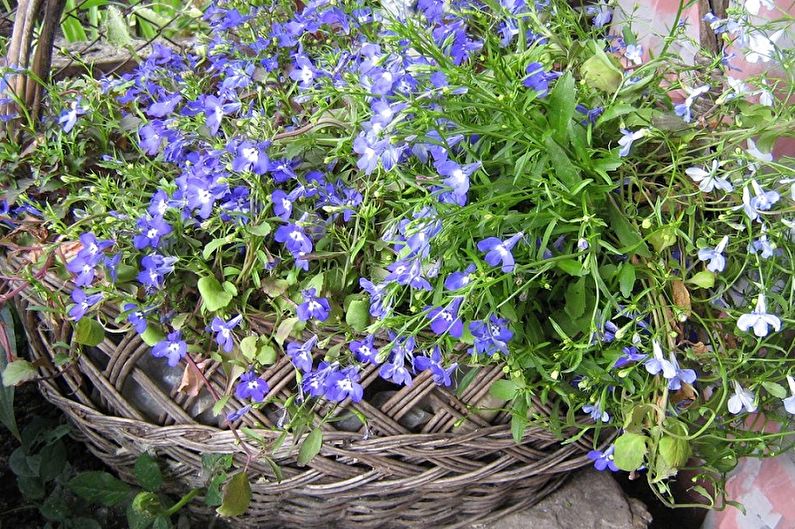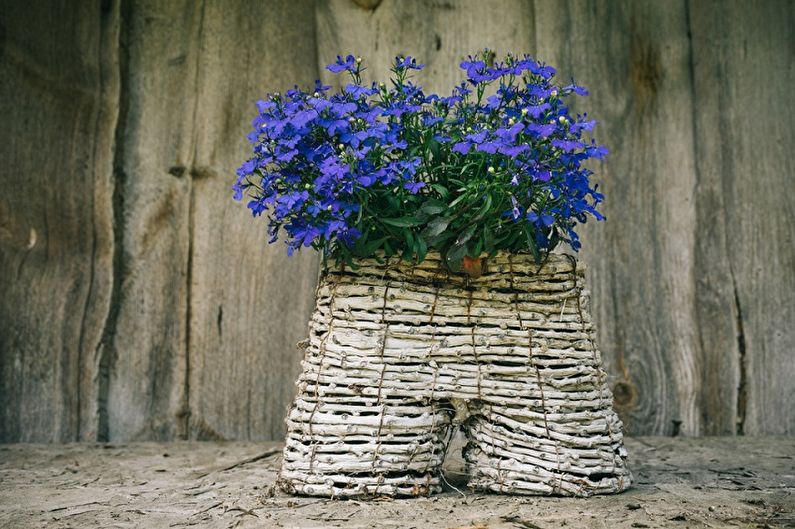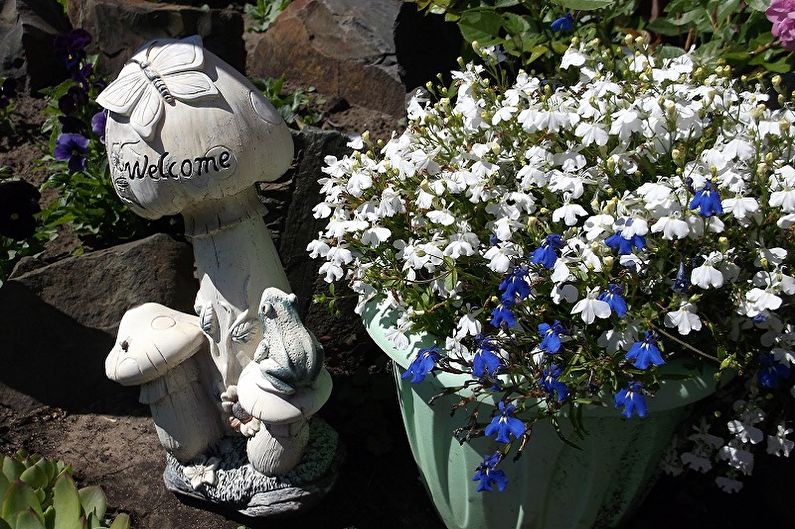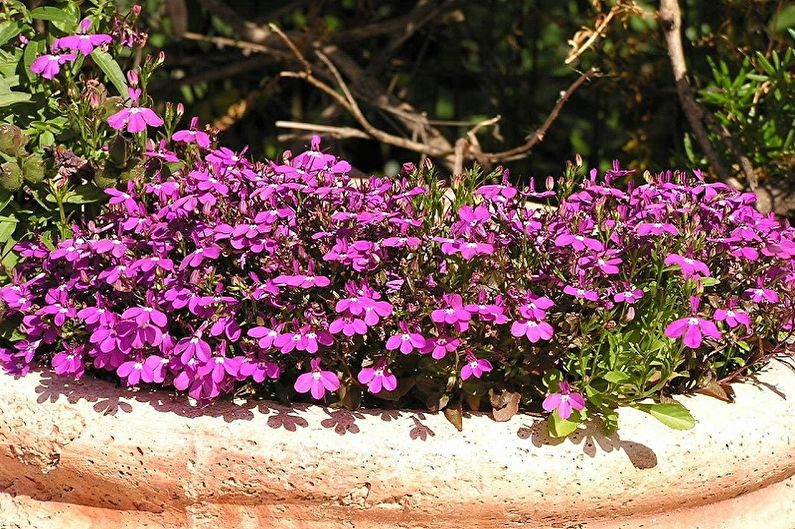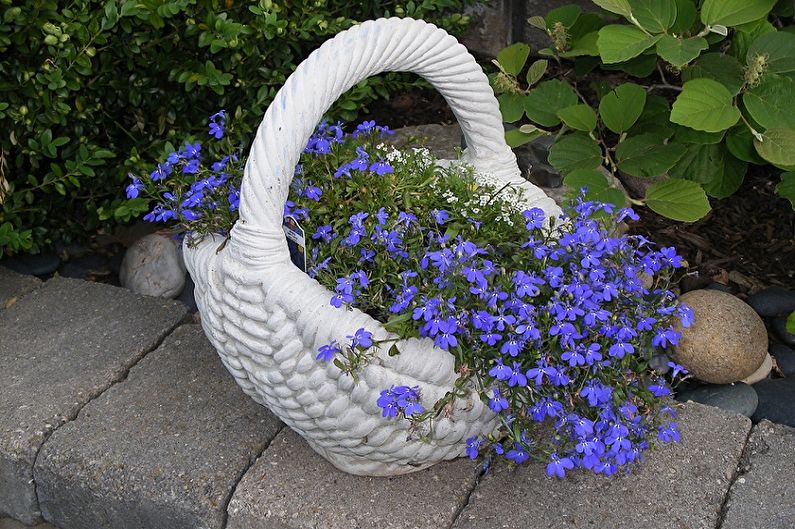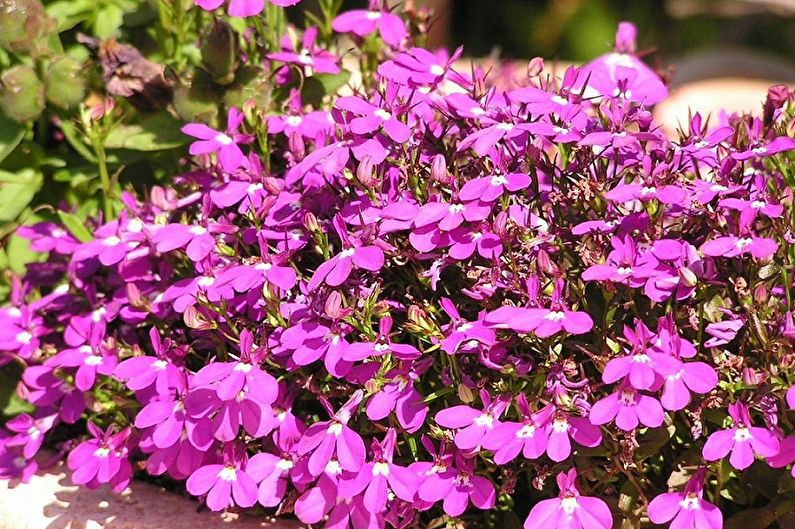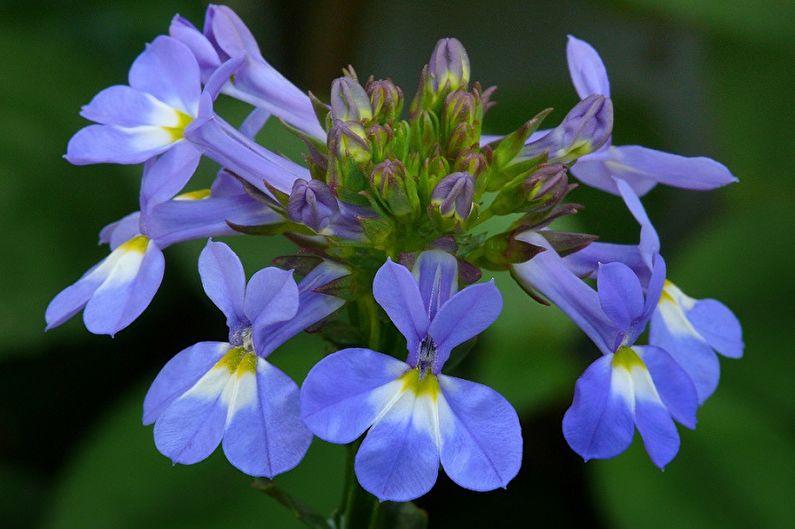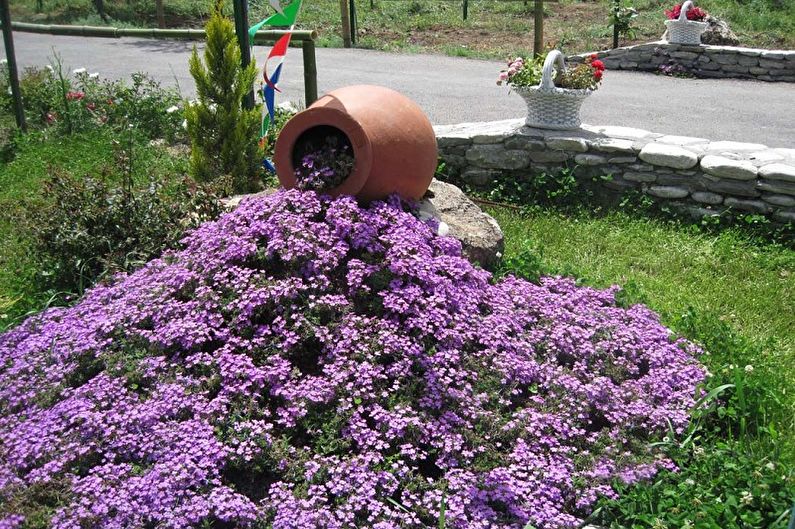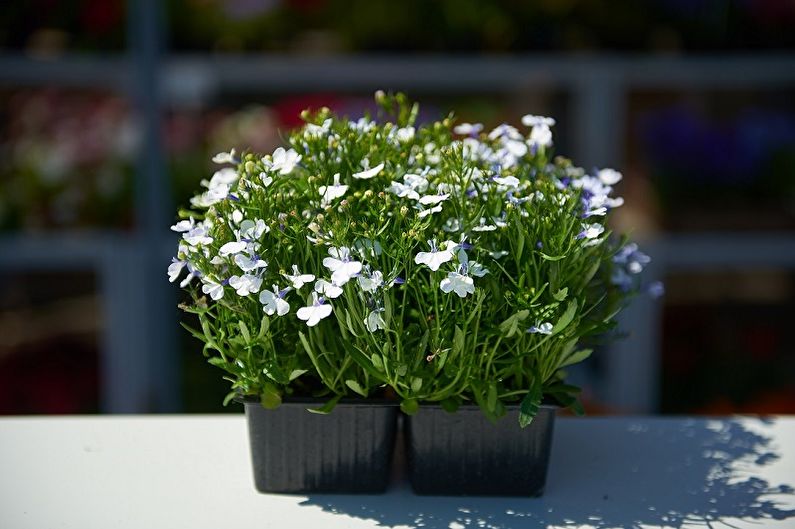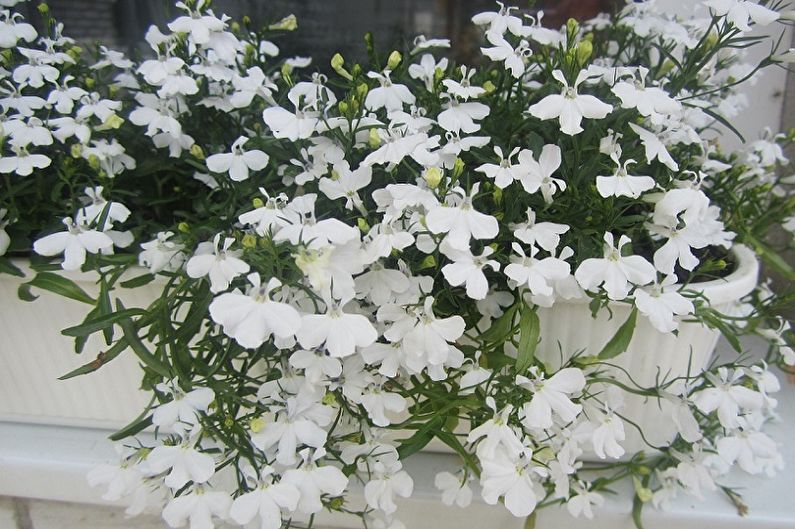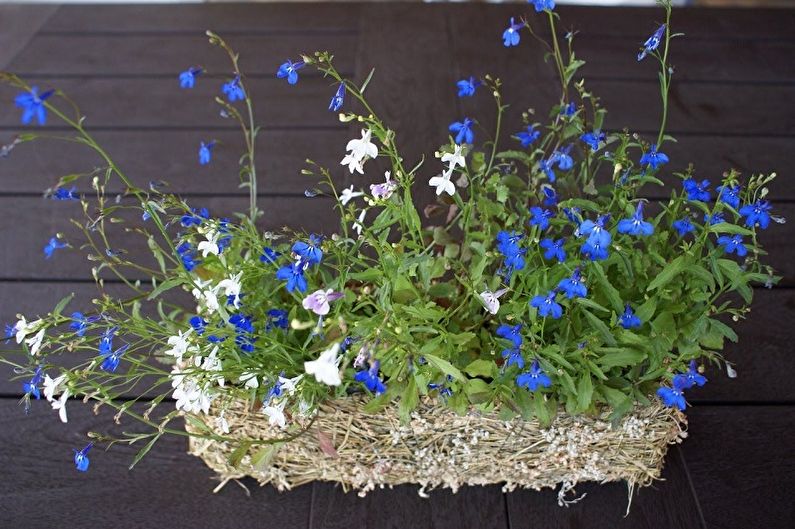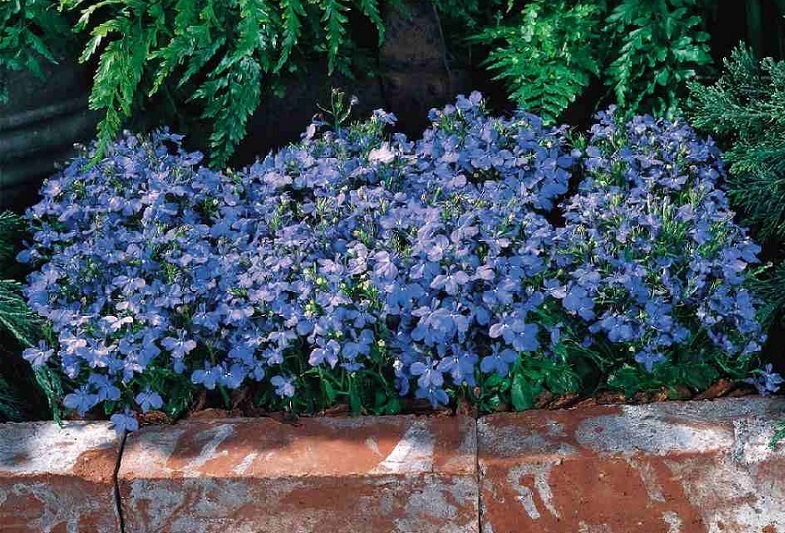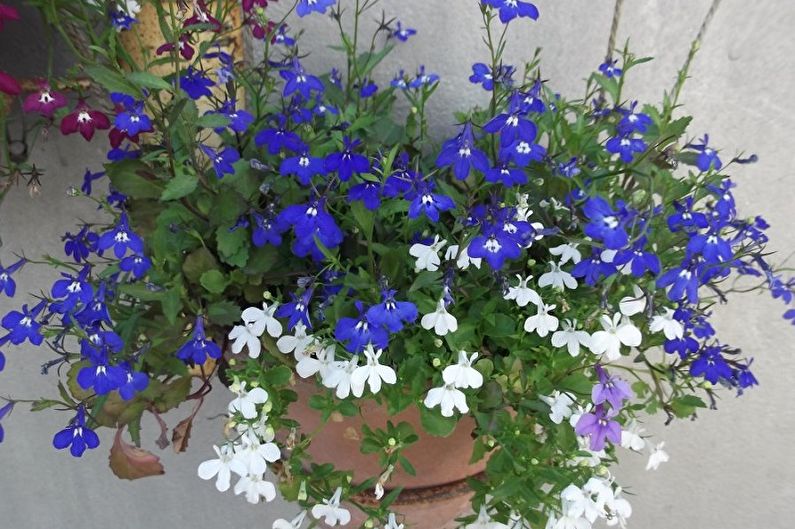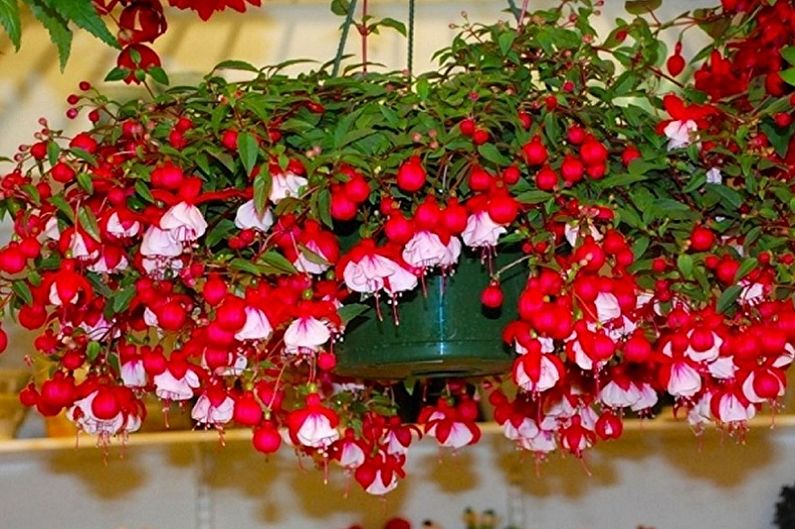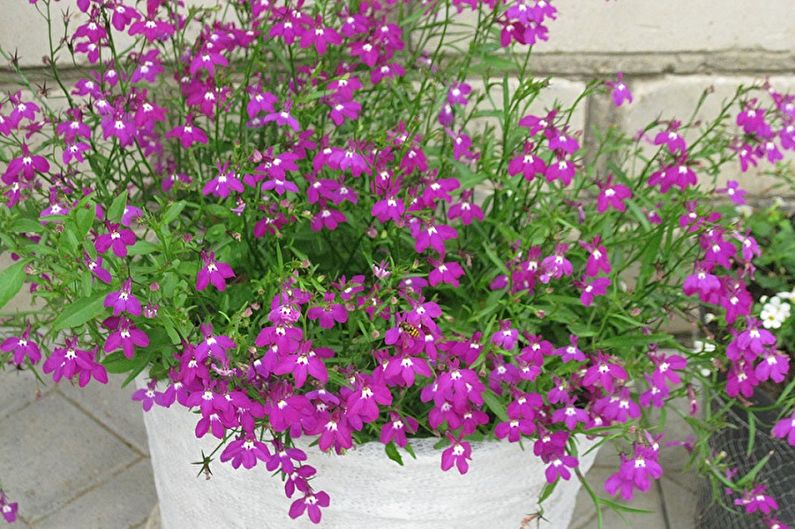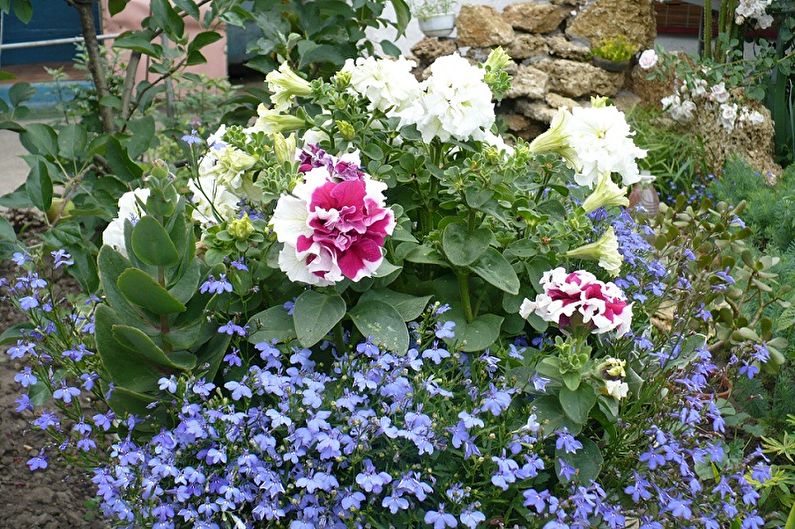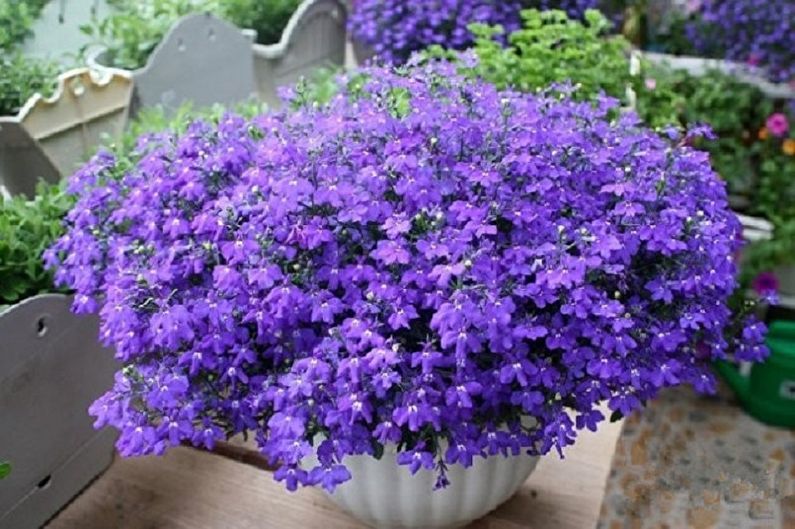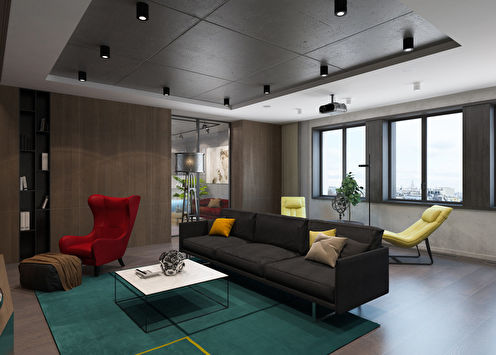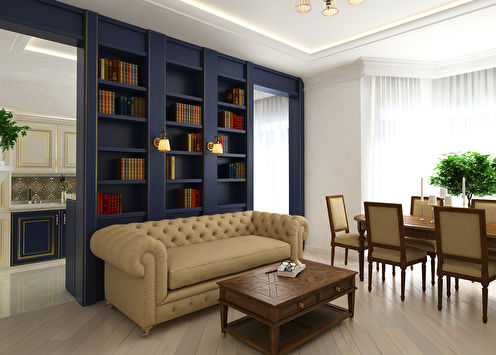
Blue, blue, white clouds of beautiful shrubs can decorate any flower garden, balcony or loggia with their lush color. Red and pink cascades will allow you to dilute the waves of this delicate carpet, creating a unique combination. This is exactly what lobelia can appear in all its glory with proper care and maintenance. The plant got its name from the famous botanist from the Netherlands, the director of the Royal Botanic Garden, Mattis de Lobel. Shrubs in nature grow in almost all parts of the world, but they grow more massively in the subtropical climate, as well as temperate. To grow such beauty at home or on the site, you need to know which variety to choose and how to properly care for it.
The main types of lobelia
In nature, there are more than 300 species of this beautiful flower and many varieties. About 20 species are grown in culture, among which a much smaller number of them are widely used. But this is quite enough to create beautiful magnificent flower arrangements in gardens, flowerbeds, on loggias, in hanging home planters.
The initial classification is based on the division of culture into annual and perennial. The latter is much less common, as it is inferior in its aesthetic indicators. However, lovers of this kind are also available.
Annual lobelia
In our climatic conditions, the annual lobelia erinus dominates, which has a second name - black-headed. This thin-stalked culture lets out many shoots, which in adulthood turn it into a leafy sphere with many flowers. They are quite small, no more than 2 cm, but grow in large numbers. One bush can have about a hundred flowers of blue, white, purple or purple.
Representatives of lobelia erinus, in turn, are divided into two groups:
1. Shrub - an excellent choice for creating flower borders. Their branches grow upward, forming lush bushes of various shapes: compact, sprawling, dwarf (about 10 cm high), upright. This group includes such varieties as: “Crystal Palace”, representing a dense bush with violet-blue flowers, “Emperor Willy”, having the shape of a cloud with bright blue flowers, “Miss Clibran”, forming a blooming ball up to 30 cm in diameter , "The White Palace" - a small bush up to 12 cm with snow-white flowers, etc.
2. Ampelny - an excellent choice for landing in hanging baskets, a cache-pot on the territory of balconies and loggias. Representatives of this group grow branches up to 35 cm, which hang down, thus forming luxurious cascading waterfalls. The following most common varieties belong to this group: “Sapphire” with shoots up to 35 cm and bright blue flowers with white spots, “Blue Fountain” with tender blue flowers with a white eye, “Red Cascade” with many long shoots, mottling purple and raspberry color.


Perennial lobelia
This variety of lobelia boasts the ability to withstand severe frosts even without shelter and unpretentiousness to the environment. The only thing it really needs is high humidity, so perennial varieties are often planted in marshy areas, coastal areas of personal ponds. This group includes two main, most common, varieties - "Cardinal" with bright red flowers and "fiery", the peculiarity of which is burgundy leaves. Its bushes can reach a height of 1.5 m.
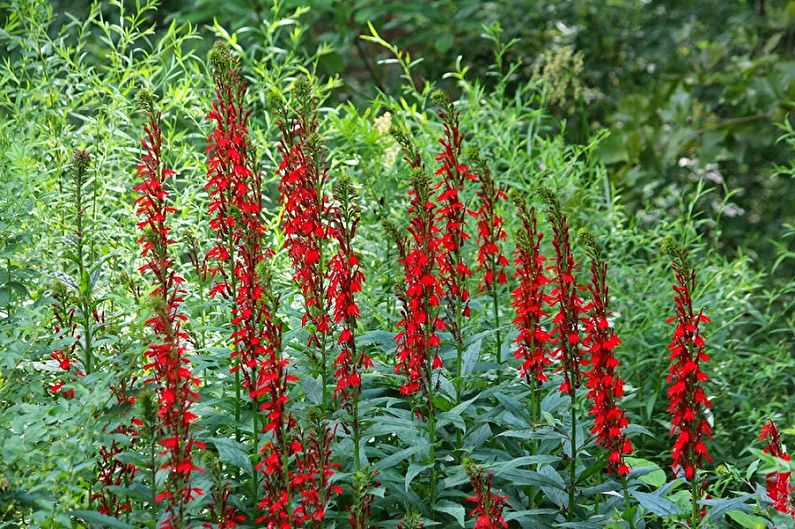
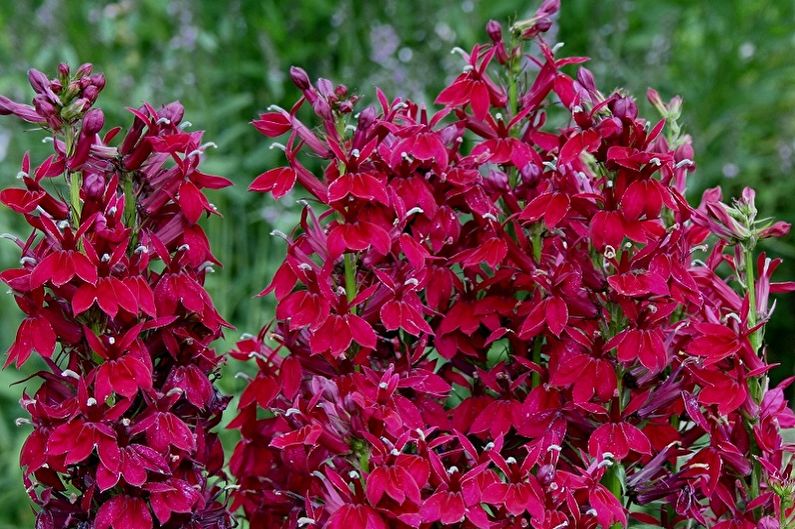
Proper Lobelia Care
It is not difficult to take care of the lobelia, the main thing is to take care of sufficient soil moisture, especially in hot weather, as well as the content of the necessary amount of nutrients in it, to ensure colorful flowering in the garden or on the balcony.
Lighting
Lobelia is photophilous enough, but young shoots are afraid of open sunlight. Therefore, when transplanting into flowerpots, they should be placed near the northern walls or in places with a variable shadow, behind room tulle curtains. There should also be no lack of lighting so that young shoots do not weaken. During flowering, lighting should be especially plentiful.
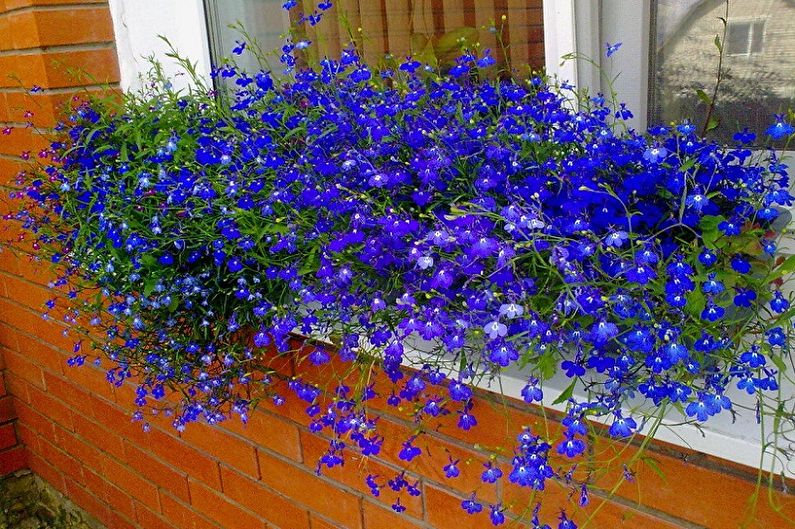
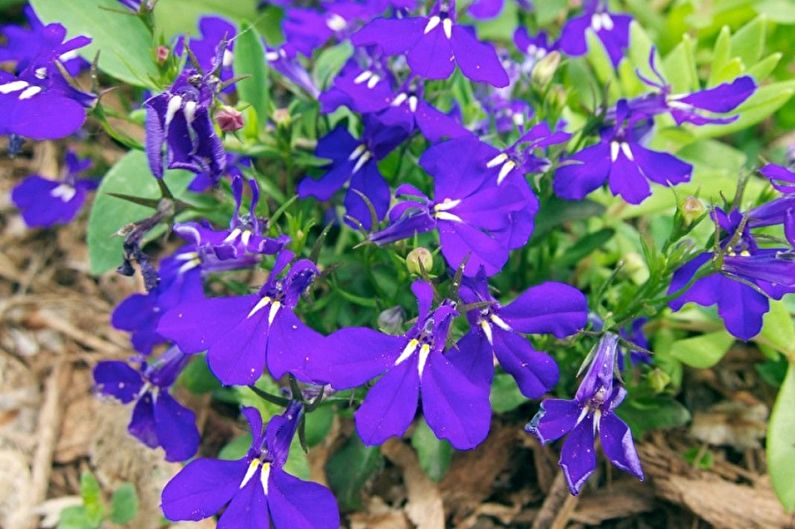
Temperature
In the winter season, the optimum temperature will be + 8 ... + 12C, and in the summer - room temperature. Lobelia blooms when the temperature is warm from + 21C. In summer, a houseplant will feel better on the street, but not in direct sunlight, but in partial shade.

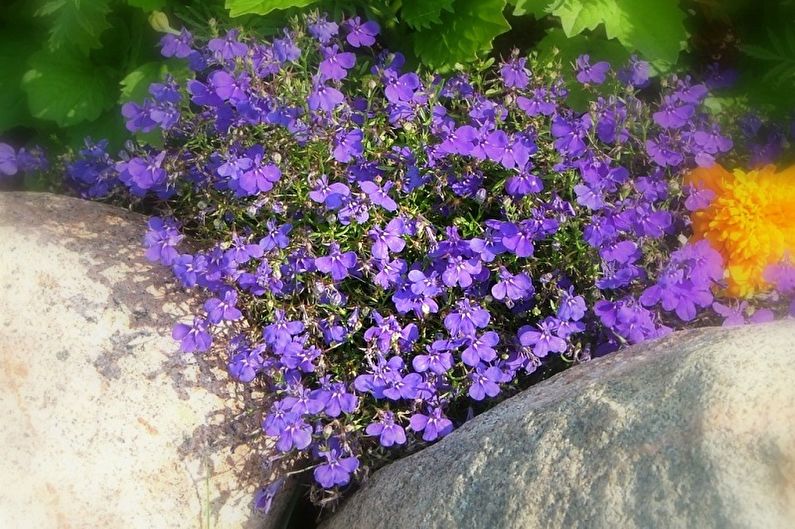
Humidity
In addition to watering, the crop can also be irrigated once a week, and in particularly arid conditions, every day after sunset. In general, lobelia does not need special humidity conditions. This is more true for perennial species, for which an increased amount of it is vital.

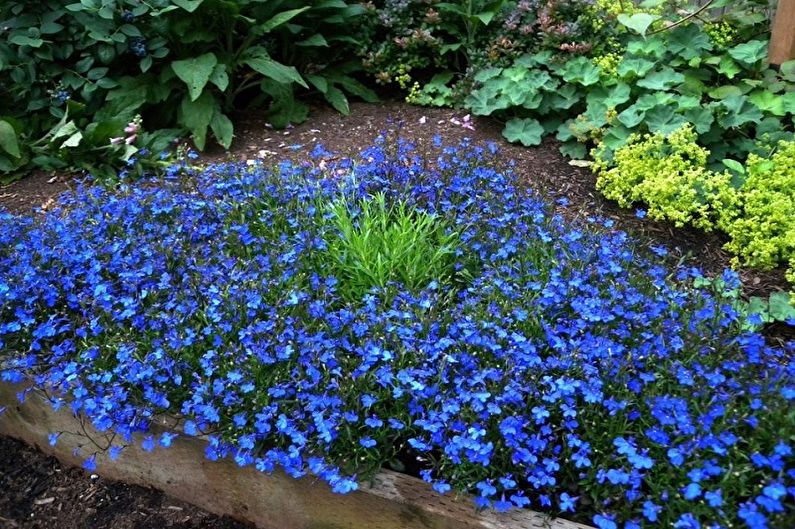
Watering
Lobelia needs to be watered regularly and moderately. It is necessary to ensure that the top layer of the earth before irrigation becomes firm. More recharge will be required during the flowering period, as drought will contribute to its cessation. In the early stages of seedling ripening, watering is done exclusively from the sprayer, but not by a watering can, as young sprouts are still very fragile and can suffer from a stream of water.
Ampel lobelia is best watered twice a day. This also applies to perennial varieties requiring particularly wet soil.
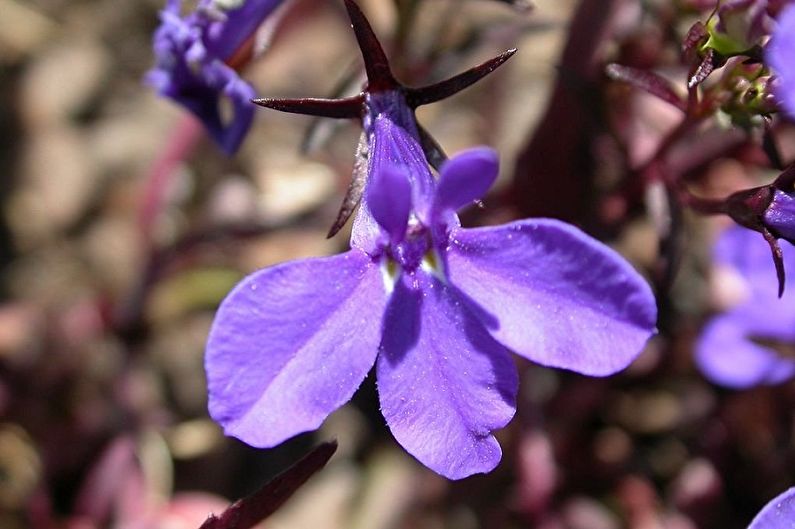
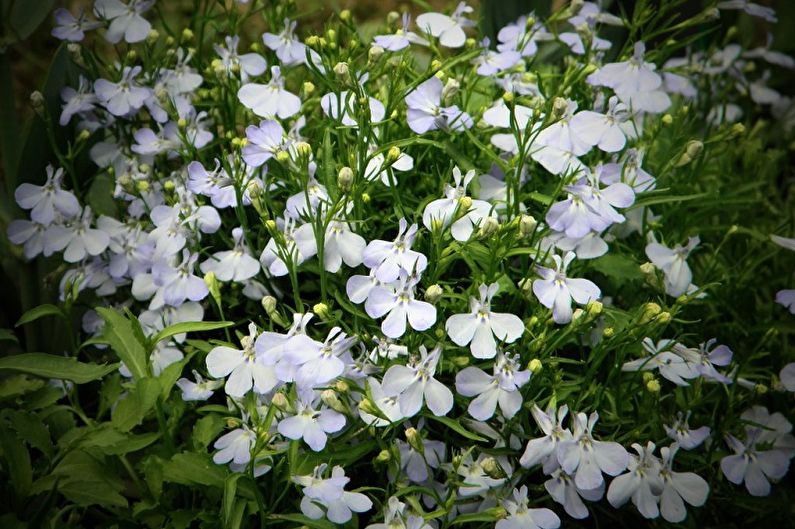
Fertilizers and fertilizing
Fertilize lush bushes is a must. Top dressing is introduced half a month after planting in the form of organic fertilizers. For this, you can use tincture of nettle or mullein in a proportion of 1:10. The next such top dressing will follow during the flowering period, and the last in September. Special fertilizers require crops that grow in hanging pots or pots - they are fertilized once a week. In this case, adding a hydrogel will not hurt in order to maintain an optimum moisture level.
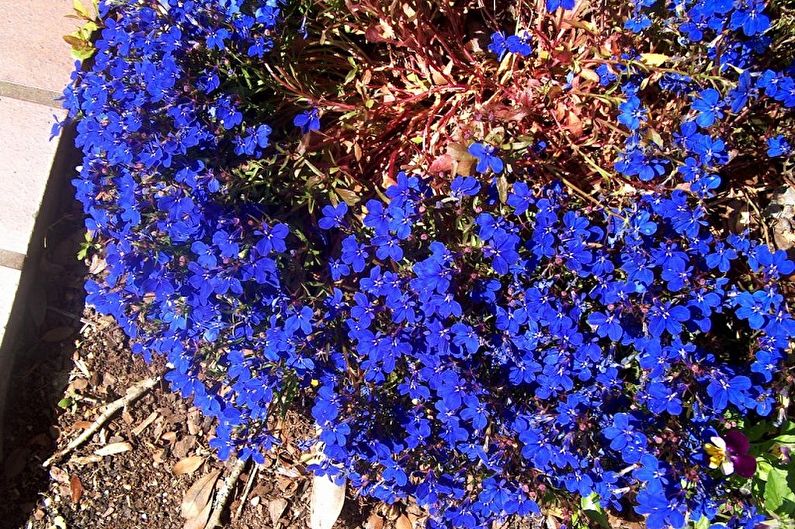
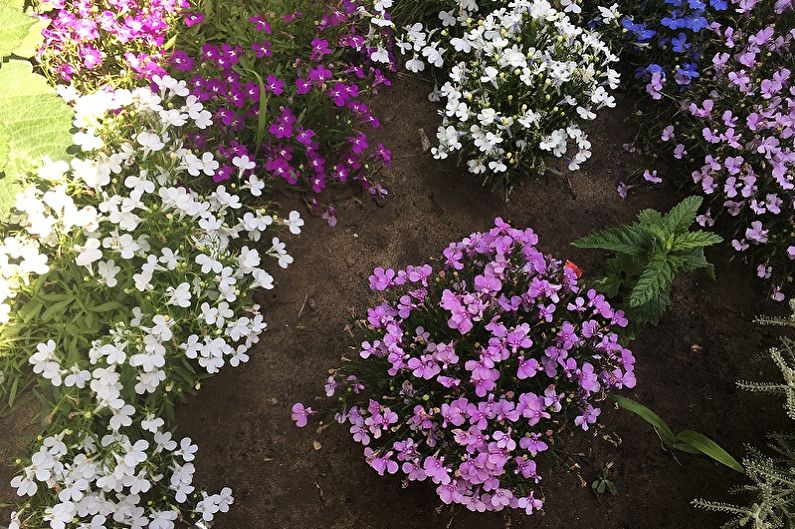
Pests and diseases
This is not to say that lobelia is highly susceptible to various diseases, but nevertheless they occur. Their appearance is often associated with improper care. There are three main ailments, namely:
1. "Black Leg" - often harms a plant in the seedling stage. It is manifested by darkening and thinning of the basal neck, as a result of which the plant dies. You can overcome the disease with the help of the treatment with the drug "Provicur". Then it should be sprinkled with sand so that new roots grow;
2. Tracheomycotic wilting - the cause is contaminated soil or seeds. In a diseased bush, there is a darkening of the vessels, wilting of the lower leaves with a possible subsequent death. In this case, the plant should be removed, and sprinkle the pit with chalk or lime;
3. Gray rot - occurs as a result of improper care. High humidity combined with low temperature and lack of light leads to the formation of fungus. The disease manifests itself in a dusty coating and the appearance of brown spots in the lesion sites. Infected areas must be removed and treated with fungicide.
Lobelia can also be affected by various pests. Thrips and slugs are a particular threat. Light spots on the leaves are a sign that thrips have “worked” here. In this case, the flowering of the bush stops, and the leaves change shape. In this case, treatment with Fitoverm and Tsvetolux drugs will help. Traces of slugs are mucus-covered paths and holes in leaves. To eliminate them, flower growers use roofing material. It is necessary to lay it next to the bush, and when the pests move to it in search of an overnight stay, collect them.Mulching will become a barrier to slugs entering the plant.
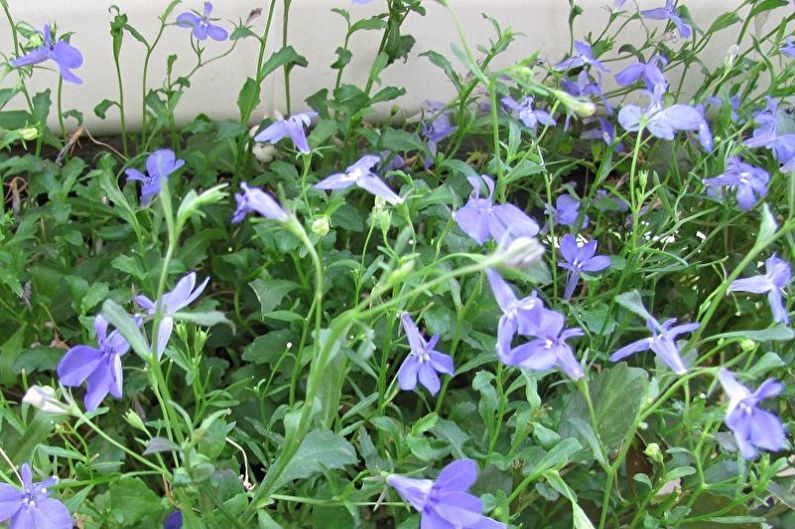
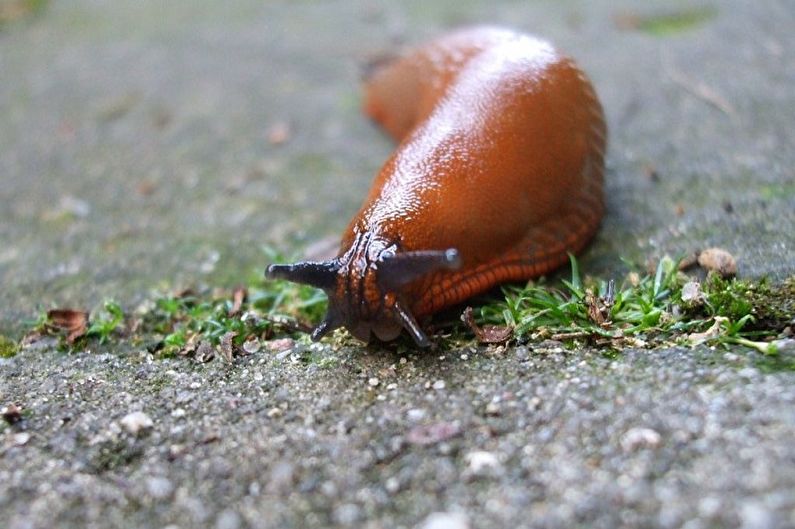
How to transplant lobelia
The plant must be replanted every three years, when it requires updated saturated soil and a change in conditions. This process occurs in summer or spring. Naturally, the transplanted bush needs to be placed in highly fertile, sandy soil with the addition of leaf and turf soil.
The depth of the pits for planting is 20–30 cm, and the distance between the holes is 15–20 cm. Expanded clay should be poured on the bottom of each pit, performing the function of drainage.

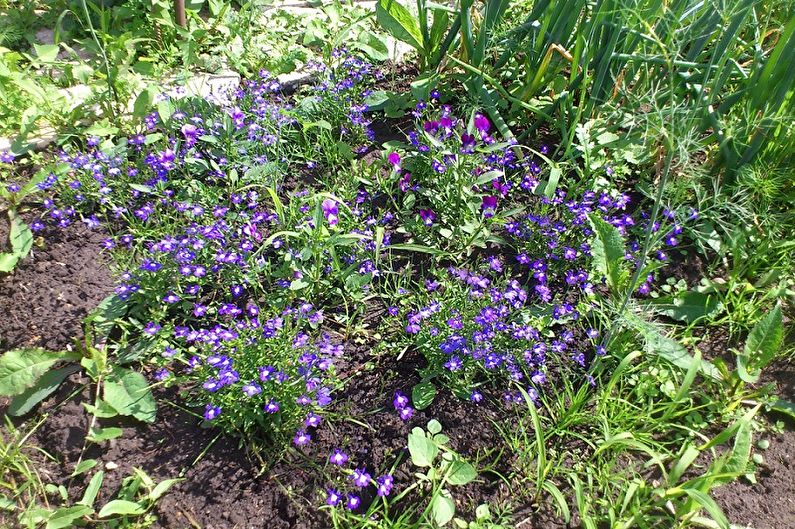
Propagation at home
Lobelia is easy to propagate by seeds or cuttings. It should be noted that it also propagates by self-sowing, but such seedlings develop much more slowly and have late flowering periods.
Lobelia seed propagation
Planted lobelia seeds will give their first color in about four months, so the flowering period is easy to predict. If it should fall at the beginning of summer - the seeds are sown in February, but then it will be necessary to build additional illumination with halogen, LED lamps.
Before sowing, it is better to treat the prepared loose soil with a fungicide solution in order to protect the plant from possible diseases. Choose flat small containers. The soil layer must be slightly compacted on top. The seeds of the culture are very small, like pollen, so they are either transferred to the soil on the moistened tip of a match (toothpick), or simply scattered on the ground. To stimulate growth, you can pour them with a special solution of "Zircon". The container with a fit must be covered with a film (glass) and kept in a warm place at a temperature of + 18 ... + 20C.
After a couple of weeks, the first sprouts will appear - then the protective coating is removed. Use drip irrigation or irrigation. A pick is made after the appearance of full leaves, planting plants several pieces in one pot. Seedlings should be in a bright, cool place at a temperature of no more than + 18C.

Lobelia propagation by cuttings
In early spring, lobelia actively begins to grow fresh shoots, from which cuttings are then cut. During this period, it is necessary to add a fresh composition to the soil, and slightly extend the branches to accelerate the appearance of roots at the base of the lower stems. Finished stems are carefully cut and transplanted into separate containers. Sometimes they are simply laid on the ground and pinned. Rooted cuttings can be safely transplanted into the open ground.
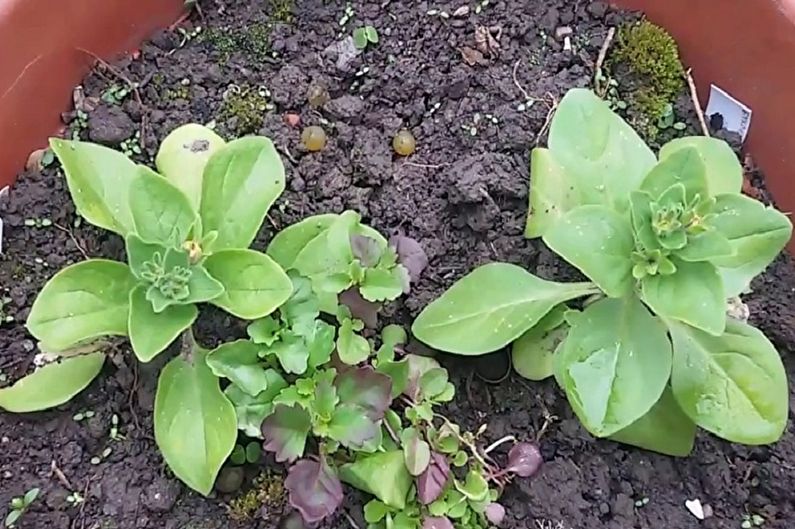
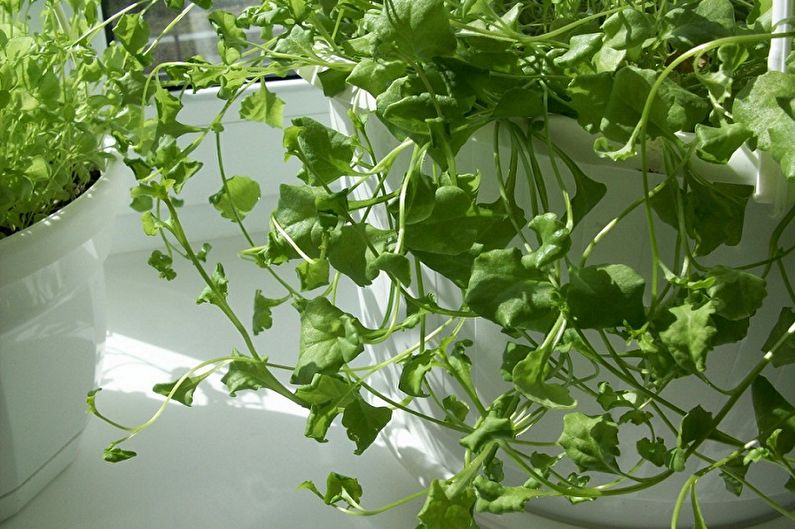
Lobelia - photo
Many photographs, which can be found below, will demonstrate all the riot of colors of blooming lobelia, the ability to create with it the most beautiful corners of your garden. She looks great, decorating the loggias and balconies, which you can also see by looking at the photo gallery. Enjoy watching!

